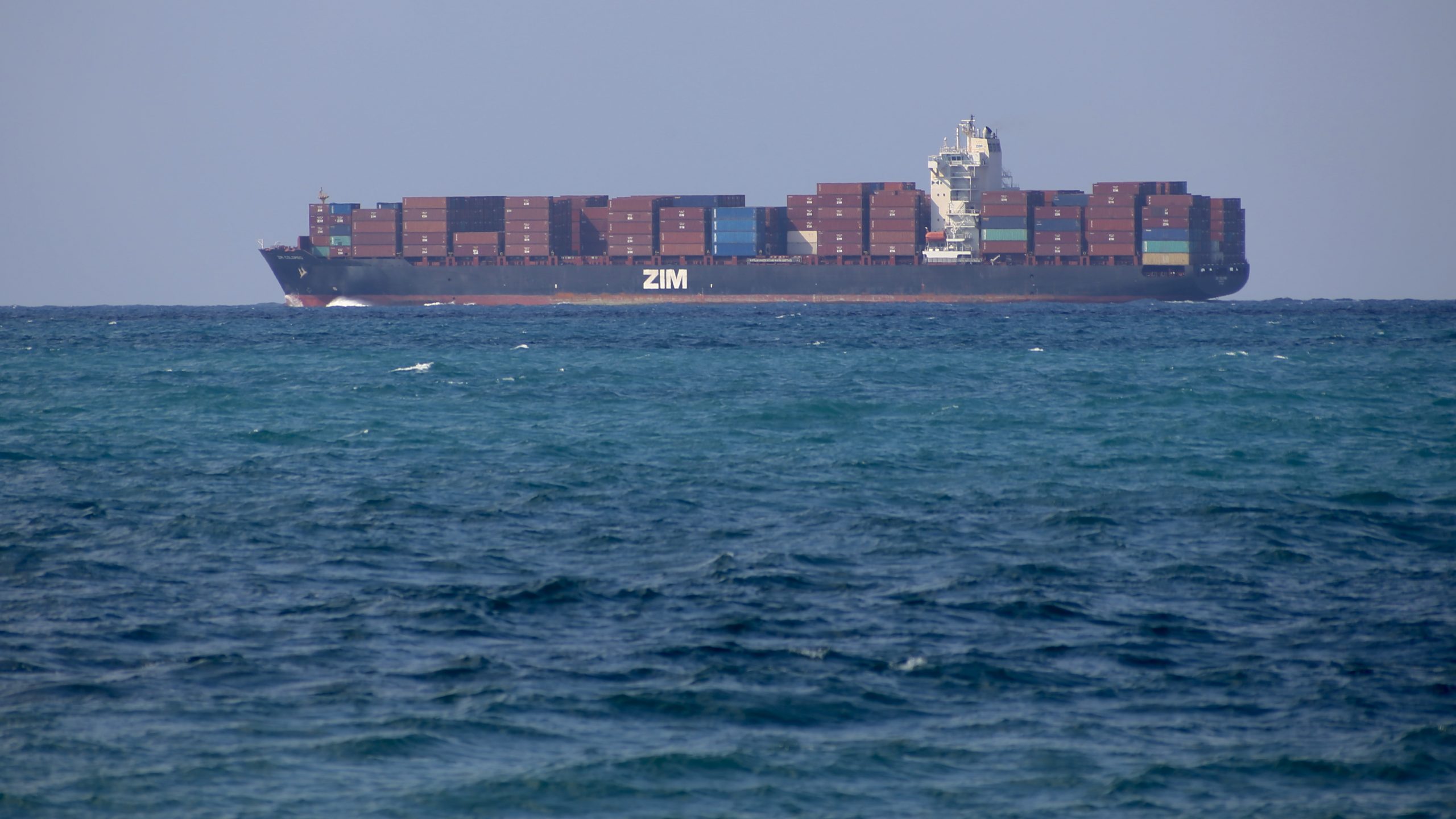ZIM: A Turning Point in a Volatile Shipping Cycle
There’s a particular moment in corporate life when a public company suddenly stops acting like a public company and starts signalling that it’s weighing its exit. ZIM hit that moment this month. The rejected take-private bid from its own CEO, Eli Glickman, together with shipowner Rami Ungar, wasn’t just another headline from a cyclical industry desperate for narrative oxygen. It was the clearest sign yet that insiders believe the market is undervaluing the company at what they see as a trough in the global logistics cycle. Their proposed valuation — somewhere around US $ 2.4 billion — would have bought the company out of the New York public eye and into private hands, presumably to ride whatever comes next in container volatility away from quarterly pressure. But the board said no. And the way they said it—through the formal launch of a “strategic alternatives review” and the appointment of seasoned transactional directors—immediately changed the tone. Overnight, ZIM went from a shipping company muddling through the post-COVID normalization to a live corporate situation.
 Image Source: Israel News, Shot with Canon R8
Image Source: Israel News, Shot with Canon R8
Markets reacted like they smelled opportunity. Shares jumped sharply after the news surfaced, climbing into their highest range in roughly half a year. Investors didn’t view the rejection as a dead end; they read it as a floor on valuation. If the CEO wants to buy the company at that price, then maybe someone else will too — or someone might pay more. And if not, well, the mere existence of a formal review process forces management to justify staying public. It’s one of those strange situations where “no” actually generates momentum. Still, the financial reality underneath the theatre remains stark. ZIM is sitting on a meaningful cash position, north of US $ 2.8 billion, but it’s paired with more than double that in total liabilities, including over a billion due in the near term. In container shipping, debt isn’t inherently fatal — long-term fleet and charter liabilities give breathing room — but leverage becomes existential when freight rates are softening and the tail-winds aren’t guaranteed.
And that’s the backdrop here: a cooling market. After the wild post-pandemic surge that sent freight prices into orbit, global container rates have come down aggressively and are trying to find a new normal. Analysts from Drewry to Fitch have flagged 2025–2026 as transitional years, with new vessel capacity entering the system faster than demand is growing. Some major carriers, like Maersk, have managed to claw back guidance as geopolitical tensions — particularly the Red Sea rerouting — tighten short-term supply. But ZIM, with historically heavier exposure to spot pricing rather than long-term contracts, feels both the upside and downside of volatility more violently than its peers. It’s this optionality — painful now, potentially lucrative later — that likely makes a private-market play attractive to insiders and investors with long memory and strong stomachs.
For ZIM’s board, though, the dynamic is more delicate. An insider-driven buyout at a perceived cyclical low is the kind of deal that, if not handled meticulously, ends with minority shareholders suing everyone in sight. By forming a proper independent review structure and slowing the cadence, the board essentially reset the negotiating field. The message — stated politely in filings and hinted between the lines — is that if someone wants ZIM, the bid must reflect not just the current softness but the embedded optionality as capacity imbalances, global trade routes, and energy-price dynamics shift. If the cycle turns and freight tightens again, the equity upside is significant. And if the cycle doesn’t? Then ZIM — whether public or private — will need restructuring tools, cost recalibration, fleet repositioning, and perhaps consolidation logic to remain competitive.
It would be neat if this were simply a story about an offer rejected and a company continuing on its path. But in shipping, nothing is neat. The Red Sea remains unstable. Global trade corridors are being rewired by war, sanctions, and power politics. Consumers are spending differently. Inventory strategies are evolving. Carbon regulation is tightening. And the supply/demand balance in container shipping is more sensitive to disruption than most investors appreciate — as the last three years have made painfully clear. So ZIM now sits where few companies like to be, but many companies eventually land: between financial identity and existential timing. Does it belong to the public markets, forced to answer every quarter to sentiment and uncertainty? Or does it reappear in a couple of years as a quietly optimized private portfolio asset that timed the cycle correctly?
The coming months will test not only ZIM but the way shipping companies define value in an era where volatility isn’t an anomaly — it’s the operating environment. For now, the only thing that seems truly off the table is standing still.